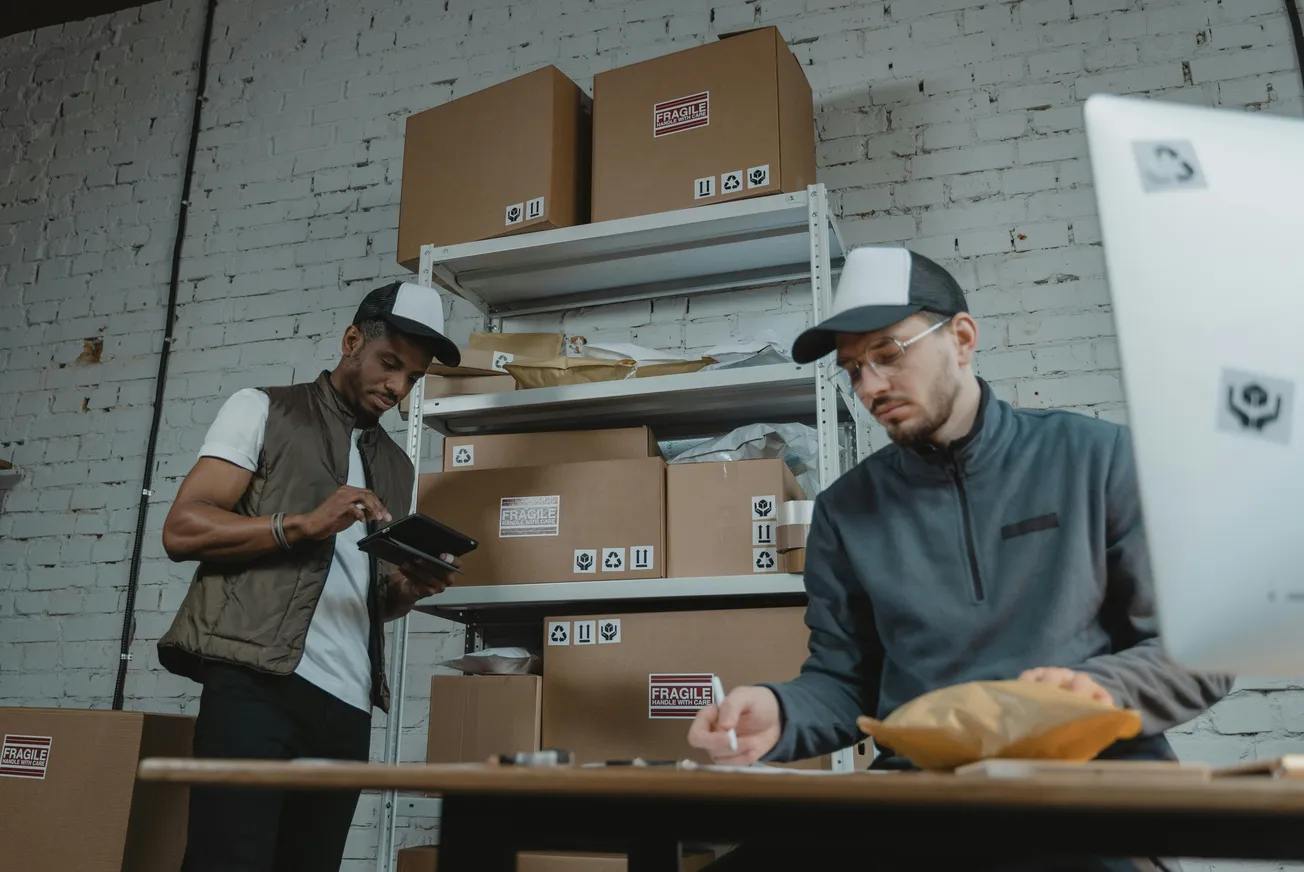A dramatic theft at Louvre Museum in Paris has exposed glaring security and cybersecurity vulnerabilities that resonate across retail—especially as the holiday season accelerates omnichannel commerce and threat vectors intensify.
Investigations revealed the museum’s video surveillance system reportedly used “LOUVRE” as a password and still ran Windows 2000 workstations—highlighting fundamental deficiencies in digital hygiene and physical‑digital convergence.
For retailers, particularly those operating high‑traffic stores, fulfillment centres and connected devices, the lesson is clear: even well‑known institutions are vulnerable when controls lag behind threats.
During the holiday rush, retailers face heightened cybersecurity risks—ransomware, phishing attacks, supply‑chain tampering, point‑of‑sale breaches and physical‑security incidents around store closures or click‑and‑collect traffic surges.
The heist also reinforces that the boundary between physical and digital security is increasingly blurred. Retailers must integrate cybersecurity protocols into store architecture, device management, IoT sensors, payment terminals and fulfilment infrastructure. The value chain now demands unified risk‑management across both channels.
From a Bentonville‑centric perspective, the incident provides a cautionary signal for the broader ecosystem of vendors, logistics providers, tech start‑ups and retail operators: as omnichannel becomes ubiquitous, security cannot be treated as an after‑thought.
Rather, it must be embedded early in design, operations and culture—especially ahead of the busiest retail period of the year.






